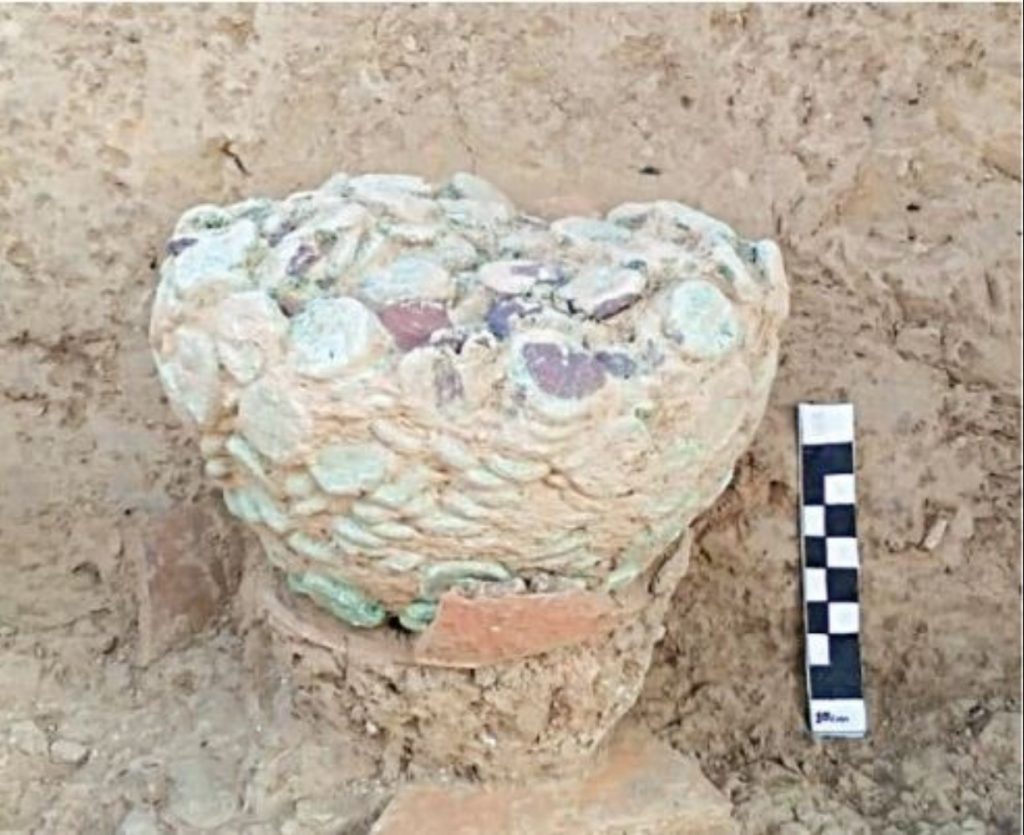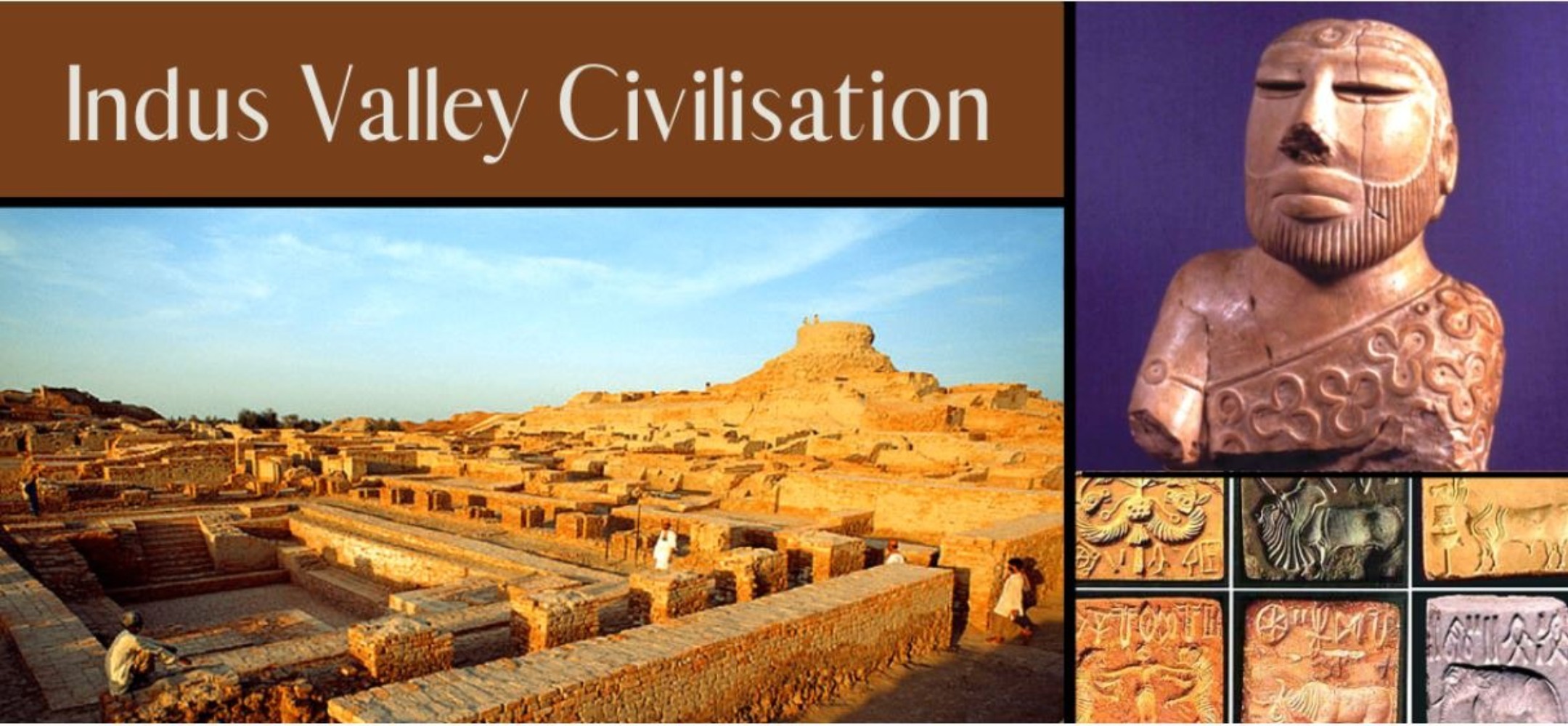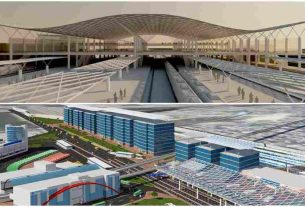Devanjana Mukherjee, Khabri Media
As researchers continue to decipher the inscriptions and unravel the mysteries surrounding these ancient artifacts, our understanding of one of the world’s earliest urban centers deepens.

Pic: Social Media
A pot full of copper coins was discovered from a stupa at the UNESCO World Heritage Site of Mohenjo Daro during conservation work in Pakistan’s Sindh province, a media report said here on Friday.
To subscribe please click tau.id/2iy6f and access our live channel.
According to sources, laborers were excavating a collapsed wall when they came across a pot full of ancient copper coins but buried it again. Later some of them informed the officials of the Archives Department who then dug them out.
READ: Indians win first prize in UAE
Director of Conservation and Preservation Syed Shakir Shah confirmed that a number of coins carefully packed in a pot were recovered and they had been sent to a laboratory for analysis. He further stated that research would be undertaken to analyze how old these coins were besides interpreting the language and numbers inscribed on them.
Some of the archaeologists were of the view that these coins were centuries old, but nothing could be said with certainty at this point in time. The exact time period and other relevant details could only be confirmed after a laboratory analysis.
Copper coins from Mohenjo Daro are crucial artifacts that shed light on the economic practices and trade networks of the time. The use of metal coins for transactions implies a developed economic system with standardized units of exchange. The discovery challenges previous notions about the sophistication of economic systems in ancient civilizations.

Pic: Social Media
Among the myriad artifacts unearthed from this archaeological treasure trove, copper coins have emerged as a fascinating window into the economic and cultural life of the people who inhabited this ancient city.
Mohenjo Daro, meaning “Mound of the Dead,” was one of the major centers of the Indus Valley Civilization, dating back to approximately 2600 BCE. The site was rediscovered in the early 20th century, revealing a sophisticated urban center with advanced city planning and remarkable engineering.




